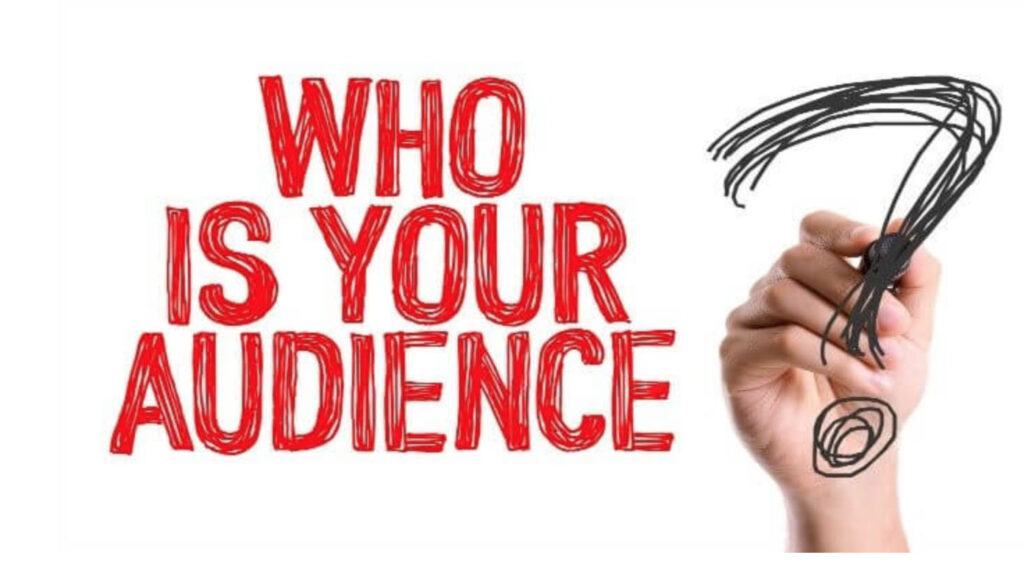Many non designers may lack confidence in their ability to judge a design and feel shy to give their own honest feedback to experienced professionals in design meetings. They may find it difficult to explain in detail what is wrong and how to improve the design. They hold back from saying anything in design meetings due to lack of creative confidence, feeling that the professional designers have the monopoly on creativity and design understanding.
It is true to say that most non designers are the people who judge designs on a daily basis, as they make up 99% of the population who are buying the designs. They can understand when things don’t look aesthetically pleasing or have a great user experience but often lack the ability to pinpoint exactly why the design isn’t working out well.
Many say that design preferences are subjective, like art. But this is not true because graphic and product design must generally follow rules in order to be effective. And one can only truly judge the effectiveness of a design if we know what was the original brief – what were the creative problems which the design has to solve? If there is no clear brief as a starting point, then the design can only be judged on aesthetics and its ability to communicate a message clearly.
What is a good design? Here are some points to help non designers to be confident in their design choices and analyze better why some designs don’t seem to work:
- Does the design fix the problem which it set out to resolve? If it doesn’t do this then it’s best to go back to the drawing board and not go any further.
2. Is it appropriate for the target audience? Is it the right tone and does it give the right image to position the brand correctly? Are all the graphical elements and fonts all communicating the same image and message or are they conflicting?

3. Is it easy to read, is it clear and easy to use? No point having a beautiful design with text you can’t read it properly. Is the focal point of the design clear or do you find your eye is looking in two conflicting directions?

4. Is it appropriate for the market in which it is going to be shown? Cultural considerations can be important for design.

5. Does it look attractive? This is the area where most non designers might struggle most to articulate themselves. The key elements to bear in mind for this evaluation are as follows :
- Layout – are the elements within the layout having balance and harmony? Sometimes a designer might deliberately put design elements in unusual positions in a design to disrupt and avoid predictability, but still achieves an overall harmonious composition.
Is there a clear hierarchy and focal point within the design to show what is the most important information?

- Colors – are the appropriate colors used to display the right emotion and appeal to the required audience? Don’t forget cultural differences for colors here and that different colors appeal to different age groups.

- Style – are the fonts and other graphical elements all consistently communicating the same style which is appropriate to the target audience? Are these elements solving the problem set out in the client brief?
- Spacing and positioning. Sometimes changing the spacing between elements can have a dramatic effect.
- Fonts – how many fonts have been chosen and do they contrast well and work in harmony? Generally a rule of thumb is that 2 to three fonts maximum work best in any design. More than this creates confusion.

- Industry norms – certain design norms must be followed in some industries in order for the design to be recognized as relevant to that industry and appealing to certain members of the target audience. Is the product recognizable as a product within a certain product and price sector and, if it differs greatly, is there a good reason for it to break out of the norms? Was this the requirement of the client brief?

Non designers – don’t be afraid to speak out when you don’t agree with a creative concept. But also don’t forget to think about what the design team were briefed to do, which problems to solve and whether they have managed to do this in a clear and appropriate way.
